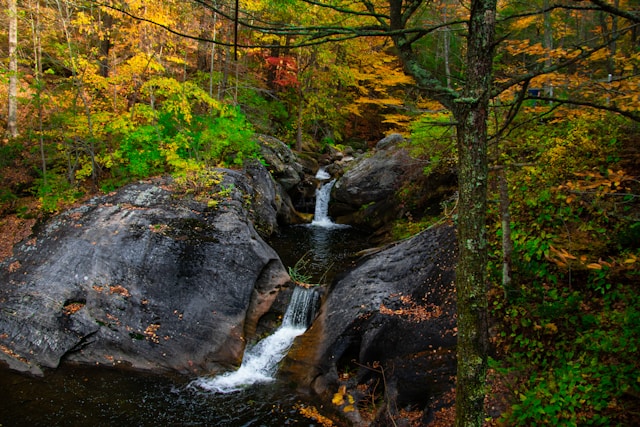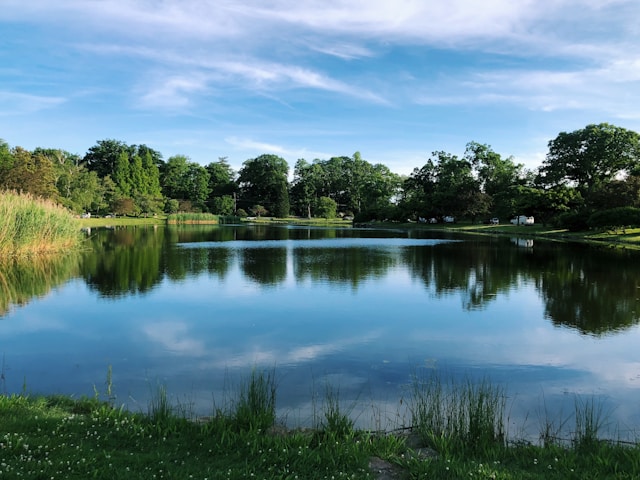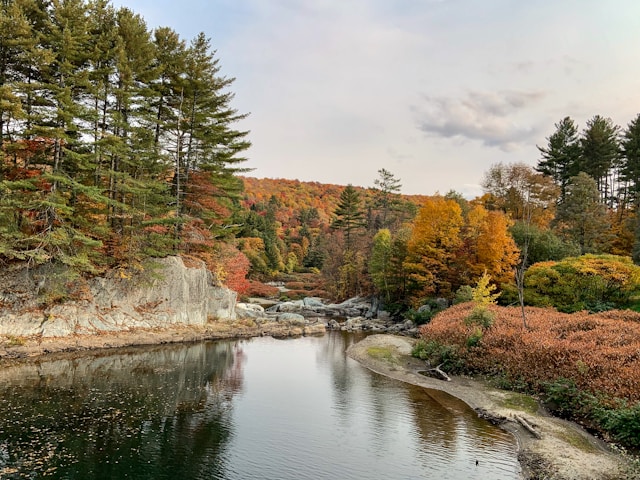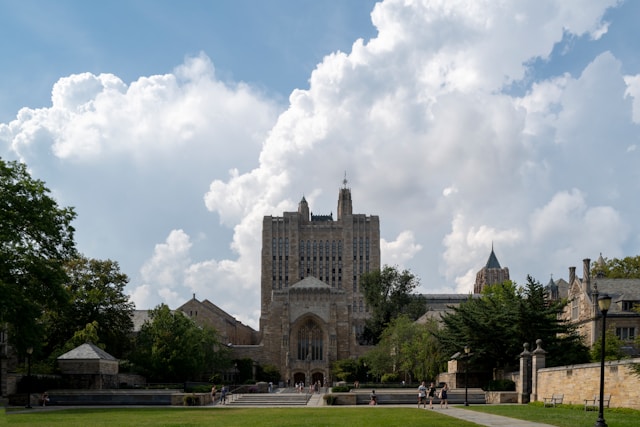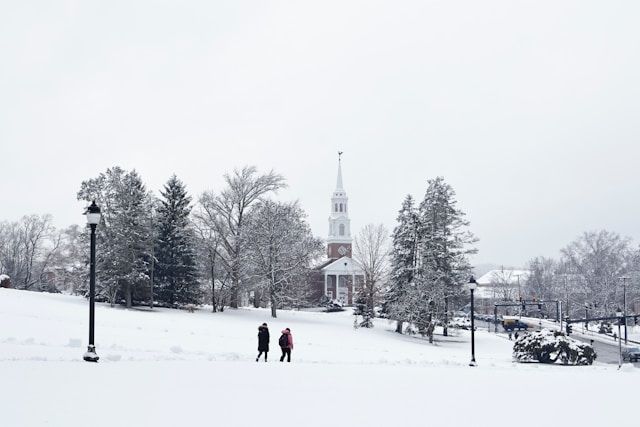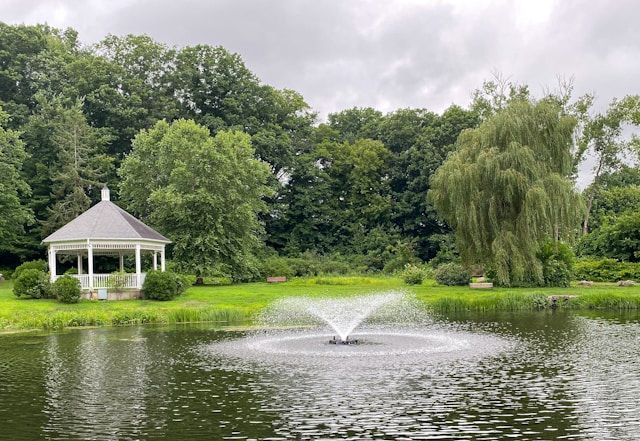Tucked away in eastern Connecticut, the village of Storrs has witnessed significant historical developments that shaped both local and state narratives. This quaint community, dominated by the University of Connecticut, emerged from humble beginnings to become an educational powerhouse. The most pivotal historical event in Storrs occurred in the 1890s when the “Yale-Storrs Controversy” resulted in Storrs Agricultural School (now UConn) gaining land-grant institution status, fundamentally altering Connecticut’s educational landscape.
The historical significance of Storrs extends beyond academia. In the 1930s, the village transformed as the Connecticut Agricultural College evolved, bringing new residents and development to the area. Visitors today can still glimpse remnants of this era through preserved architecture and campus landmarks that tell the story of a small farming community that grew into an intellectual center of the state.
Get a discount of 15% to 70% on accommodation in Connecticut! Look for deals here:
Connecticut Hotels, Apartments, B&Bs
Historic Formation of Storrs
Storrs, Connecticut has a rich developmental history spanning from early agricultural settlements to becoming a vibrant educational hub. The area transformed from farmland to a college town through significant land donations and careful planning.
Early Settlement and Development
The area now known as Storrs was originally part of Windham before Mansfield incorporated in 1702. Early settlers called the region “Ponde Place” when they purchased the land from the Monhegan Native Americans.
The Storrs name originates from the prominent Storrs family who owned significant farmland in the area. Royal Storrs built the main family homestead in 1849, which later passed to his brother Augustus.
Augustus Storrs transformed the family property into a model farm that showcased agricultural innovation. This agricultural focus would later influence the town’s future direction when Augustus and his brother Charles made a generous land donation that would forever change the community’s destiny.
Establishment of the University of Connecticut
In 1881, brothers Augustus and Charles Storrs donated land, buildings, and money to establish the Storrs Agricultural School. This small farming school would eventually evolve into what we know today as the University of Connecticut.
The institution underwent several name changes, operating as Connecticut Agricultural College in the 1930s before becoming the University of Connecticut. The school’s presence dramatically shaped the development of the town.
During the 1930s and 1940s, the college became the central economic and cultural force in the area. Faculty members like economist Harrison Carter and extension service worker Albert Mann contributed to both the university and community development.
The Industrial Evolution and Route 195
While neighboring towns like Willimantic embraced industrial development, Storrs maintained its rural character with education as its primary industry. The town produced various goods in the 1800s, including gunpowder and bronze cannons.
An important development came with the construction of Route 195, which connected Storrs to surrounding communities and facilitated growth. This roadway became the main transportation artery through the village.
The Mansfield Historical Society preserves many artifacts and stories from this developmental period. Today, Storrs exists as a census-designated place within the town of Mansfield, with a population of 15,979 as of 2020, making it a significant community in Tolland County.
Major Historical Highlights and Community Life
Storrs, Connecticut has a rich tapestry of historical events that shaped its identity, from religious foundations to academic excellence at the University of Connecticut, cultural developments, and regional conservation efforts.
The Role of the Congregational Church
The Congregational Church stands as a cornerstone of Storrs’ community life since the early days of settlement. Founded in the 19th century, this institution provided not just spiritual guidance but served as a social hub for residents.
During the 1930s in Storrs, the church hosted community gatherings that brought together university faculty, students, and local families. These events fostered strong community bonds during the challenging Depression era.
The church’s architecture reflects the traditional New England style, with its white steeple visible from many parts of town. It continues to serve as a landmark and gathering place for both religious services and community events.
Sunday socials after services were particularly important during the early 20th century, offering residents opportunities to connect and support one another through difficult times.
Cultural Developments and Local Museums
The Mansfield Historical Society has played a crucial role in preserving Storrs’ cultural heritage. Their museum collection includes artifacts, photographs, and documents dating back to the town’s founding days.
Special exhibitions have highlighted various periods of Storrs’ development, including the transformation from agricultural community to university town. The society regularly hosts events that connect current residents with their local history.
Interactive displays at the museum showcase daily life in Storrs through different decades. Visitors can see how grocery shopping and delivery services evolved from early general stores to modern amenities.
Local artists have contributed significantly to Storrs’ cultural landscape, with galleries and exhibitions featuring works inspired by the natural beauty of northeastern Connecticut. These cultural spaces provide valuable context for understanding the town’s evolution.
University Growth and Sports Achievements
The University of Connecticut has shaped Storrs dramatically since its 1881 founding as Storrs Agricultural School. Its expansion transformed a small farming community into a vibrant academic center.
UConn’s football program has rallied community spirit since its early days. The team’s path from small college matches to Division I competition mirrors the university’s overall growth and ambition.
Notable milestones include the massive campus expansion following World War II, when returning GIs swelled enrollment. New academic buildings, dormitories, and athletic facilities dramatically altered the town’s landscape.
The university’s basketball achievements, particularly the women’s team’s multiple national championships, have brought national attention to Storrs. Game days transform the town, with thousands of fans creating an electric atmosphere.
Capacity Building and The Last Green Valley
The Last Green Valley initiative represents Storrs’ commitment to preserving its natural heritage while building community capacity. This National Heritage Corridor encompasses 35 towns across northeastern Connecticut and Massachusetts.
Through Capacity Building Grants, local organizations have developed sustainable tourism and conservation projects. These efforts help maintain the region’s unique character while supporting economic development.
Community-led initiatives have created walking trails, historical markers, and educational programs. These projects both preserve history and provide recreational opportunities for residents and visitors.
Local businesses have benefited from The Last Green Valley’s promotion of sustainable tourism. Farm-to-table restaurants, artisan shops, and outdoor recreation companies contribute to a vibrant economy while maintaining Storrs’ small-town charm.
Get a discount of 15% to 70% on accommodation in Connecticut! Look for deals here:
Connecticut Hotels, Apartments, B&Bs

